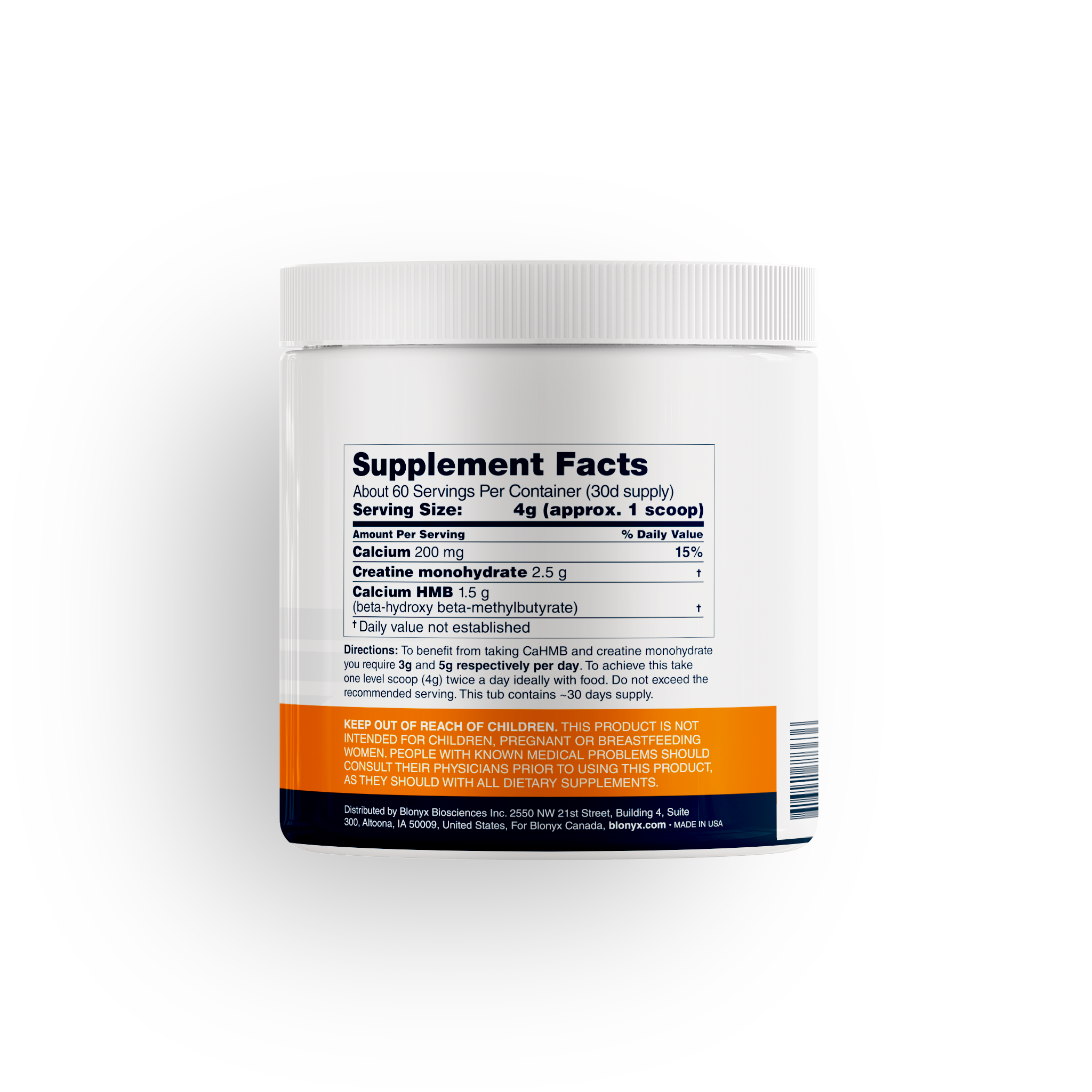1. Jager et al. (2011): Analysis of the Efficacy, Safety, and Regulatory Status of Novel Forms of Creatine. Read the research
2. Kreider et al. (2003): Effects if Serum Creatine Supplementation on Muscle Creatine and Phosphagen Levels. Read the research
3. Kreider et al. (2017): International Society of Sports Nutrition Position Stand: Safety and Efficacy of Creatine Supplementation in Exercise, Sport, and Medicine. Read the research
4. Spillane et al. (2009): The Effects of Creatine Ethyl Ester Supplementation Combined with Heavy Resistance Training on Body Composition, Muscle Performance, and Serum and Muscle Creatine Levels. Read the research
5. Dox & Yoder (1922): Esterification of creatine. Read the research
6. Mold et al. (1955): Creatine Ethyl Ether. Read the research
7. Galvan et al. (2016): Acute and Chronic Safety and Efficacy of Dose Dependent Creatine Nitrate Supplementation and Exercise Performance.Read the research
8. Bailey et al. (1985): Dietary Nitrate Supplementation Reduces the O2 Cost of Low-Intensity Exercise and Enhances Tolerance to High-Intensity Exercise in Humans. Read the research
9. Jones et al. (2011): Slow Component of VO2 Kinetics: Mechanistic Bases and Practical Applications. Read the research
10. Jagim et al. (2012): A buffered form of creatine does not promote greater changes in muscle creatine content, body composition, or training adaptations than creatine monohydrate. Read the research
11. Gufford et al. (2013): pH-dependent stability of creatine ethyl ester: relevance to oral absorption. Read the research
12. Franca et al. (2015): Creatine HCl and Creatine Monohydrate Improve Strength but Only Creatine HCl Induced Changes on Body Composition in Recreational Weightlifters. Read the research
13. Jager et al. (2008): The effects of creatine pyruvate and creatine citrate on performance during high intensity exercise. Read the research
14. Jager et al. (2007): Comparison of new forms of creatine in raising plasma creatine levels. Read the research
15. Schuylenbergh et al. (2003): Effects of oral creatine-pyruvate supplementation in cycling performance. Read the research
16. Stone et al. (1999): Effects of in-season (5 weeks) creatine and pyruvate supplementation on anaerobic performance and body composition in American football players. Read the research
















